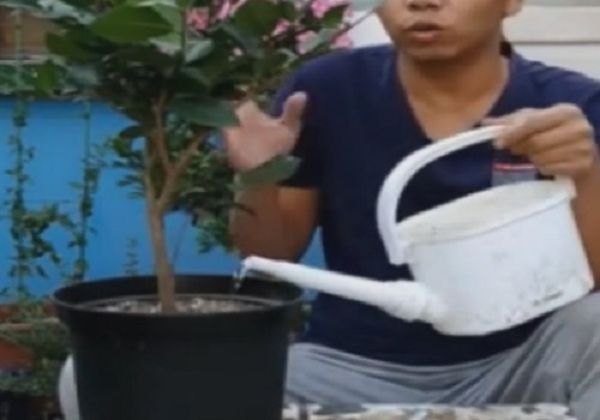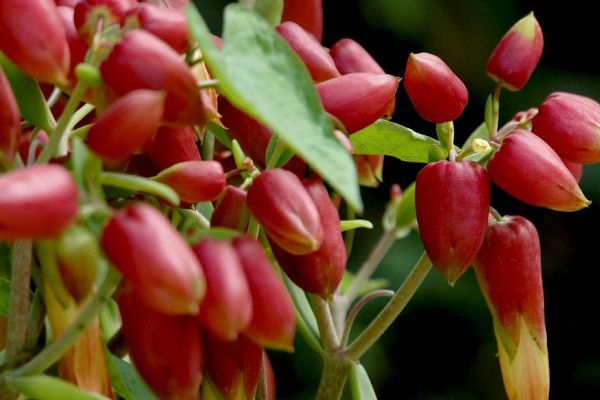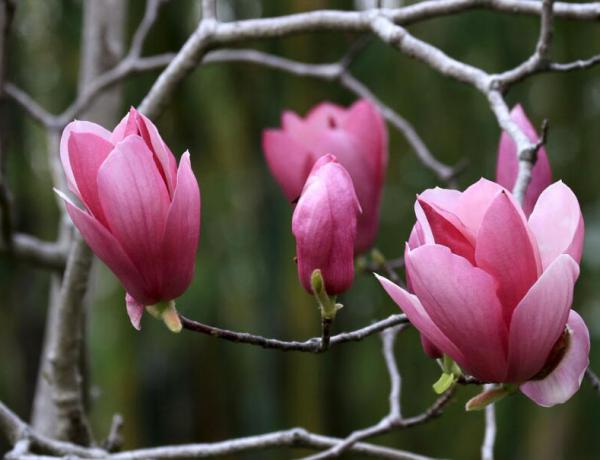How to fertilize camellias after budding

Potted camellias can not be separated from the pot, immediately after the slow seedling period, the next few days are generally prone to the phenomenon of new leaves drooping, sagging and old leaves falling. At this time, we only need to put the plant in a place that can receive scattered light, spray water every day for about a week, the leaves of camellias will stretch out, and the leaves are oily green, and the buds grow obviously.
It is a normal phenomenon for camellias to lose their old leaves during the slow seedling period, while the drooping and sagging of new leaves are often the result of the direct action of slow seedlings, but we only need to maintain them in accordance with scientific methods, and we can resume growth after a week. After the plant returns to growth, we need to replenish it, so we need to prepare to fertilize the camellias at this time.
After the camellia resumes its growth, it will soon conceive buds and buds, so in addition to fertilization, it is also necessary to resume watering. Under the premise that the supply of water and fertilizer is guaranteed, the bud will open gradually. As a result of entering the flowering stage, nutrients are indispensable, so fertilization must be timely, and the method should be scientific.
However, at this time is not suitable for the application of multi-element fertilizer and nitrogen fertilizer, potassium dihydrogen phosphate is recommended at this time, after all, it is to promote bud, bud. And the concentration of fertilizer should be well controlled. Generally speaking, foliar fertilizer can be diluted and sprayed with water at the ratio of 1: 1, 000. Of course, we can also irrigate the root directly, but the absorption effect of foliar fertilizer is better.
Spraying potassium dihydrogen phosphate is mainly to supplement phosphorus and potassium nutrients for plants, potassium fertilizer mainly promotes the growth and maturity of plant roots, and phosphate fertilizer can promote the rapid growth and flowering of flower buds. If we mainly apply nitrogen fertilizer at this time, it will cause the phenomenon that the plant grows branches and leaves and the bud falls.
After topdressing, the pot is placed in a sunny place with good ventilation, and after fertilization, it is generally necessary to water again to improve the utilization rate of fertilizer, and watering must be watered thoroughly, so the basin soil is required to be loose and breathable enough to avoid stagnant water. Generally speaking, a week after fertilization, the bud will become significantly larger. After all, the phosphate and potash fertilizer we apply is specially designed to promote flowering and will not produce other negative effects.
Of course, we need to make sure that the plants are placed in a ventilated and brightly lit environment as much as possible. If the indoor ventilation is slightly poor, it is recommended to spray buds and leaves on camellias with carbendazim solution. However, when spraying, the potted plants should be placed in an outdoor environment, and then moved into indoor maintenance.
Spraying carbendazim solution is mainly to prevent the occurrence of leaf spot disease, dried leaves, rotten leaves and so on. Because if the basin soil is too dry, the air humidity is not enough or the ventilation is not smooth, the plant is often easy to be infected with leaf spot disease and so on.
Related
- Fuxing push coffee new agricultural production and marketing class: lack of small-scale processing plants
- Jujube rice field leisure farm deep ploughing Yilan for five years to create a space for organic food and play
- Nongyu Farm-A trial of organic papaya for brave women with advanced technology
- Four points for attention in the prevention and control of diseases and insect pests of edible fungi
- How to add nutrient solution to Edible Fungi
- Is there any good way to control edible fungus mites?
- Open Inoculation Technology of Edible Fungi
- Is there any clever way to use fertilizer for edible fungus in winter?
- What agents are used to kill the pathogens of edible fungi in the mushroom shed?
- Rapid drying of Edible Fungi



